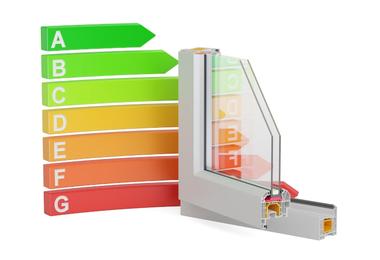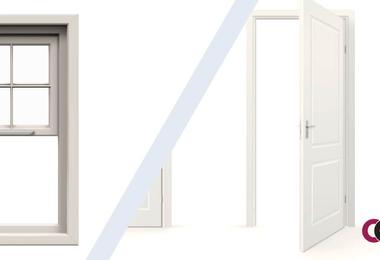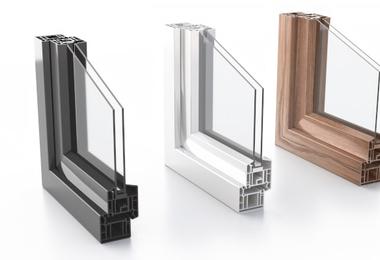Blog

Maximizing Energy Savings with Energy Star-Rated Windows in Ontario
A window carrying the ENERGY STAR® label represents verified, proven energy performance tailored to our climate zones. These standards ensure windows deliver measurable efficiency in real-world Canadian conditions — where performance isn’t optional, especially during long, cold winters.

Window and Door Cut-Outs: What You Need to Know
In every home, windows and doors begin as carefully measured openings in the walls — known as cut-outs. These openings are carefully engineered to support your home’s structure while fitting frames that ensure comfort, quiet, and security. Whether you’re upgrading an older Toronto bungalow, or customizing a new Maritime build, proper planning ensures the perfect fit for Canadian conditions.

Comparing Window Frame Materials: Aluminum, Vinyl, and Wood
When deciding on new or replacement windows, homeowners often face a crucial question: What material is best for my window frames? The answer lies in understanding how aluminum, vinyl, and wood differ in performance, maintenance, aesthetics, and value.

Should You Open House Windows Every Day?
Clean indoor air makes your home more comfortable, supports your family’s health, and even boosts daily focus. According to CMHC, indoor air can contain up to five times more pollutants than outdoor air. Regular ventilation ensures your home feels lighter, cleaner, and more comfortable all year round.

Understanding Low-E Glass: Benefits for Energy Efficiency
If your windows feel cold to the touch on a Canadian winter day, you’re not alone. The furnace is running, but you still feel the chill creeping through the glass. That’s precisely the problem Low-E glass was designed to solve — keeping homes warmer in winter and cooler in summer. But what is it, really?

Storm Doors vs. Screen Doors: What’s the Real Difference?
During Canadian winters, cold drafts can penetrate even well-sealed doors. A storm door provides an extra layer of protection to address this issue. That’s precisely where storm doors come in. A storm door is a secondary, outer door installed in front of an exterior access door, designed to add an extra layer of protection against weather extremes.

A Homeowner's Guide to Vinyl Windows in Ontario: Benefits and Considerations
Cold winters in Canada are accompanied by icy winds, freezing rain, and sub-zero temperatures, making energy-efficient design essential. Vinyl windows have become a top choice for Canadian homeowners, offering reliable insulation, durability, and low maintenance. Let’s explore why they stand out.

The Role of Window Spacers in Preventing Condensation and Heat Loss
A window spacer is the thin, often metallic or composite strip that separates the layers of glass in an Insulated Glass Unit (IGU). It plays a vital role in maintaining the structural integrity of the window, ensuring proper sealing, and optimizing thermal performance. Without it, you wouldn't have the energy savings or condensation resistance that modern windows are known for.

The Top Entry Door Trends for 2025: Stylish Ideas for Toronto Homes
A sleek black door, framed by gold hardware and large sidelights, has become one of the statement-making entrances of 2025. The front door is no longer just functional — it's a design centrepiece.

Windows and Doors in Passive Houses: Key Features and Requirements
A passive house is designed to stay warm in winter and cool in summer while using minimal energy. That’s the core idea of a passive house. It's not a brand or product — it's a strict performance-based benchmark.
- Maritimes 6
- Product Comparisons 25
- Buying Guides 23
- Doors Types 29
- Energy Efficiency and Sustainability 38
- Home Improvement 24
- Installation and Replacement Tips 22
- Local Guides 41
- Maintenance and Repairs 30
- Manufacturers Reviews 7
- Pricing and Financing 14
- Room-Specific Windows 14
- Safety and Security 9
- Seasonal Tips 6
- Window Styles 12
- Window Types 40
- Past Projects



